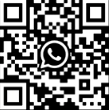
Green means go but understand Waiting and Avoiding Confusion
Enjoy this video about mastering right turn for your ICBC driving test. It’s your chance to showcase control, patience, and your “100% KNOWING” of everything around your car! Both setting
up your positioning, tight to the right, and communicating clearly is critical to avoiding confision for everyone involved including your examiner.
One of the biggest mistakes drivers make during the ICBC driving test is stopping at the wrong time—when the light is green. A green light doesn’t mean “stop and figure it out”; it means you have the go-ahead, even if you need to yield first. The key is knowing where to wait when yielding. If you’re making a right-hand turn, for example, you stop in the red position behind the crosswalk. If your light is green, you move into the waiting position, halfway into the intersection, ready to turn when it’s safe. Stopping in the wrong spot not only disrupts the flow of traffic but also sends a confusing message to everyone else on the road, including your examiner.
Another common error? Rushing or hesitating in ways that make your intentions unclear. A rushed move often looks panicked, and hesitation makes other drivers second-guess what you’re doing. Both create chaos on the road and send different messages. During the test, the examiner is watching how well you communicate—not just with them but with everyone around you. Sloppy or rushed movements send signals of uncertainty, which can ripple out to other drivers, pedestrians, and cyclists. Instead, take a steady, controlled approach.
It’s simple: green means act like it. A green light means you’re part of the flow, even if that means yielding for a moment. The same goes for red—when it’s red, you stop completely, no halfway measures or creeping forward. Mixing the two—acting red on green or green on red—is a surefire way to confuse others and fail the test.
For students in a Vancouver driving school, learning this concept early is critical. The examiner isn’t just testing your driving skills; they’re watching how you interact with the road. By sticking to the basics—green for go, red for stop—and communicating with calm, clear movements, you’ll show that you’re in control and ready to drive safely in any situation.

Right Turn Harmonious Moving into Traffic without breaking the Flow
Master right-hand turns with ease in this video! Learn how to blend into traffic, time your moves, and ace your ICBC test with confidence. Setting up your cars angle following the curb is
critcal as is directing your front steering wheels into the direction you are going, before you find that safe gap to joump oout into! Plus, do not slow anyone down!
Making a right-hand turn isn’t just about you—it’s about blending into the rhythm of traffic, like a musician joining a song without missing a beat. Your goal? To slip into the flow without slowing anyone down, whether it’s pedestrians, bikes, or cars.
First, you’ve got to time it right. If there’s a green light or an open gap in traffic, you’re part of that movement. Slamming the brakes or hesitating when it’s your turn throws off everyone behind you. It’s like hitting a sour note. Instead, ease into the turn with purpose. Check your mirrors, spot any cyclists or pedestrians, and judge the speed of oncoming cars. Once you’re sure the coast is clear, make your move.
But here’s the catch: “clear” doesn’t just mean no one is in your lane. A pedestrian stepping off the curb or a bike in the corner of your eye is just as critical. This isn’t about rushing; it’s about balancing awareness and action. You need to make your turn smoothly without forcing anyone else to change their speed or stop unexpectedly. Understanding all right-of-ways is essential before you start making turns at intersections.
When it comes to the ICBC driving test, this is a make-or-break moment. Failing to yield or causing another vehicle to hit the brakes is an automatic fail—and it makes sense. Driving is about sharing the road, not just taking your turn. If you’re not tuned into the rhythm of what’s happening around you, you’re not driving—you’re interrupting. Green act green. Red acts red.
For learners in a Vancouver driving school, mastering this skill means focusing on the big picture: pedestrians, bikes, traffic lights, and the speed of other cars plus their right-of-ways. Anticipate their moves, match their rhythm, and slide into the flow like a pro. Done right, you’ll nail the turn and earn the respect of everyone sharing the road with you.



